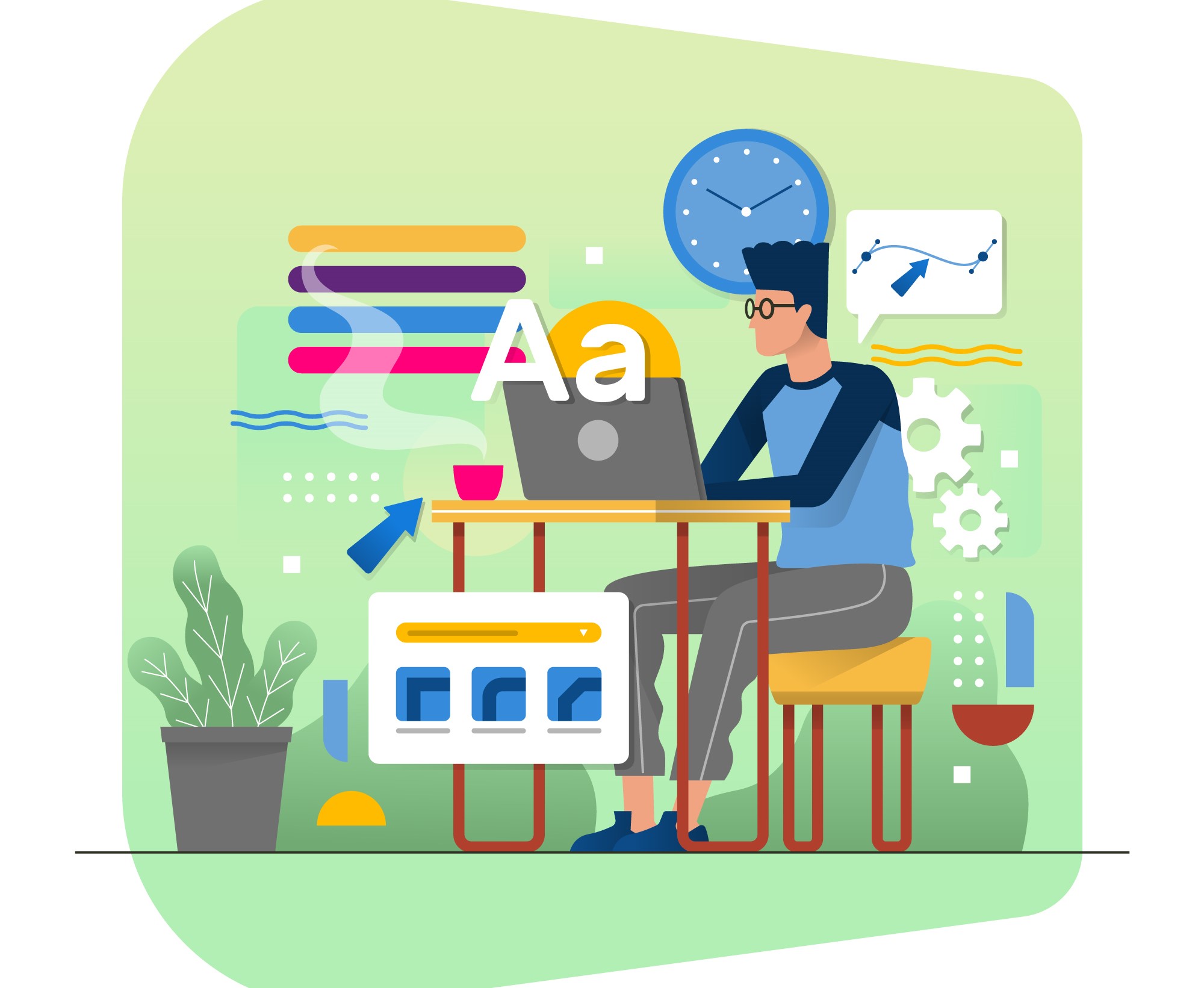


Web design is a multifaceted field that encompasses various skills and disciplines. While creativity and aesthetics play a crucial role, the idea that one needs to be inherently artistic to be a web designer is a misconception. In this exploration, we will delve into the components of web design, the balance between art and functionality, and how individuals with diverse skill sets contribute to the dynamic world of creating compelling online experiences.
Web design is an intersection of art and functionality, where visual elements meet the user's experience. Artistic flair undoubtedly enhances the visual appeal of a website, contributing to its overall aesthetic. However, functionality is equally vital. The primary goal of a website is to serve its purpose effectively, whether it's providing information, selling products, or facilitating communication.
While artistic skills can enhance a designer's ability to create visually stunning interfaces, there are core skills that form the foundation of web design. These include:
HTML and CSS: Proficiency in HTML and CSS is fundamental for structuring and styling web pages. This involves understanding the technical aspects of how elements are displayed on the screen.
User Experience (UX) Design: UX design focuses on creating a positive and seamless experience for users. This involves understanding user behaviors, conducting research, and implementing design principles that prioritize usability.
Graphic Design: Knowledge of graphic design tools like Adobe Photoshop or Sketch can be beneficial for creating visual elements, but it's not limited to traditional artistic skills.
Responsive Design: Designing websites that adapt to different screen sizes is crucial in the era of mobile devices. Understanding responsive design principles is a technical skill that goes beyond artistic ability. The benefits of responsive web design include improved user experience, increased mobile traffic, and higher search engine rankings.
Coding Skills: While not every web designer needs to be a hardcore coder, having a basic understanding of coding languages like JavaScript can be advantageous.
Artistic skills become particularly relevant in the realm of visual design. This involves creating layouts, choosing color schemes, and selecting fonts to establish the visual identity of a website. A web designer with artistic inclinations may have an intuitive sense of balance, proportion, and aesthetics that can elevate the overall look of a site.
Web design is rarely a solo endeavor. It often involves collaboration with developers, content creators, and other stakeholders. In a team setting, a designer's ability to communicate ideas and work harmoniously with others is just as crucial as artistic prowess. Effective collaboration ensures that the final product aligns with both the artistic vision and functional requirements.
The evolution of web design tools, templates, and frameworks has democratized the process. Designers, whether traditionally artistic or not, can leverage pre-built elements to streamline their workflow. This allows them to focus on customization and user experience rather than starting from scratch.
The emphasis on user-centered design shifts the focus from personal artistic expression to creating designs that resonate with the target audience. Understanding the users' needs, preferences, and behaviors is a key aspect of effective web design, emphasizing usability over artistic self-expression.
Web design is dynamic, with trends evolving over time. Keeping up with these trends requires adaptability and a willingness to embrace new technologies and design principles. This adaptability is not solely dependent on artistic skills but also on a designer's capacity to learn and stay informed about industry developments.
Examining successful websites reveals that a diverse range of designers, both artistic and technically inclined, contribute to the digital landscape. Case studies of impactful websites often highlight a thoughtful blend of aesthetics and functionality, showcasing the collaborative efforts of individuals with different skill sets.
The assertion that one must be inherently artistic to be a web designer oversimplifies the complexity of the profession. While artistic skills can undoubtedly enhance the visual appeal of a website, they are just one piece of the puzzle. The modern web designer is a versatile professional who combines technical proficiency with an understanding of user experience and design principles. Whether traditionally artistic or not, individuals with a passion for creating meaningful online experiences can find their place in the diverse and ever-evolving field of web design.
